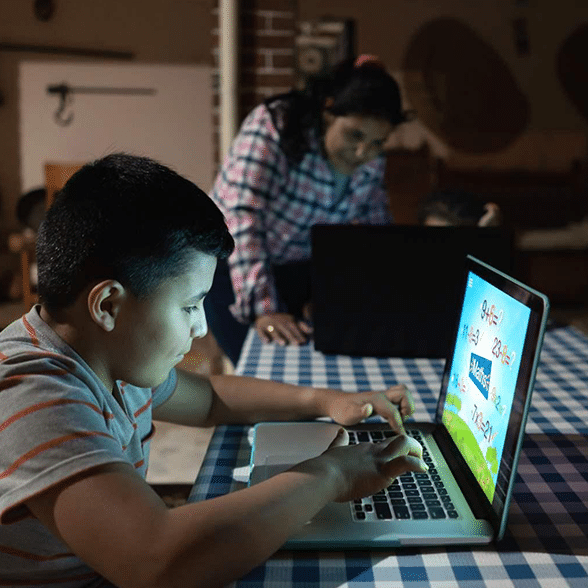Only about 25% of eligible households have enrolled in the FCC’s Affordable Connectivity Program (ACP). Changes in the application process could drive higher ACP adoption rates, however, according to The Pew Charitable Trust.
The ACP provides a monthly subsidiary of $30 for broadband connectivity. Those on Tribal lands are entitled to $75. In some cases, the ACP can be combined with other programs to make connectivity free.
Pew suggests that a reason that participation is so low is that enrollment can be difficult. The qualification process, which takes 30 to 45 minutes, is run by the National Verifier, which is an automated and centralized system run by the Universal Service Administrative Company (USAC).
This may be the rub. Pew says that the USAC process is tricky: “Names may not match up exactly with the database, needed documentation may not be close at hand, or addresses may not be recognized,” wrote Pew Senior Officer Anna Reed and Pew Associate Kelly Wert in a blog post about ACP adoption challenges. “If applicants’ chosen form of identification does not match the documentation of participation provided for another qualifying government program exactly, they must restart the entire application process.”
Pew says that a federal study found that more than two-thirds of new and reverification applications to Lifeline – a subsidy available before ACP that uses the same process – were abandoned.
USAC has a data sharing agreement with the Department of Housing and Urban Development (HUD) for automatic verification for public housing residents and people receiving housing choice vouchers, Pew notes. But none exists for project-based rental assistance, Section 202 Supportive Housing for the Elderly Program and Section 811 Supportive Housing for Persons with Disabilities Program.
Multifamily housing providers have urged the FCC to address the issue, and the commission has responded by directing the relevant agencies to broaden the automatic eligibility to include all residents of federally assisted housing, according to Pew.
An alternative is for service providers to propose their own eligibility requirements, a process in addition to or instead of the National Verifier. The post says that fixed wireless provider Starry is offering such an option through its Starry Connect program for low-income households.
Last March, Starry partnered with media company Ziff Davis and non-profit Human-I-T to provide low cost computing devices to public and affordable housing residents in areas served by Starry Connect.



